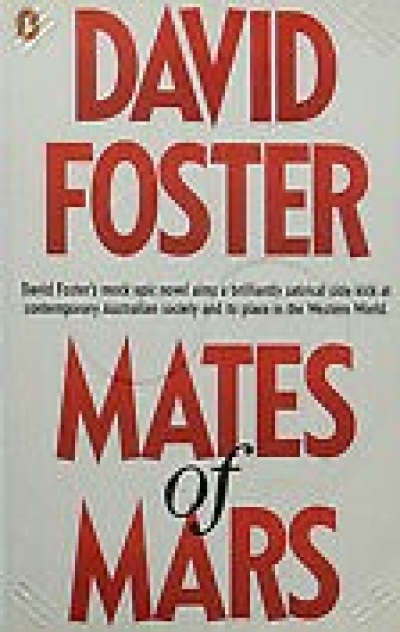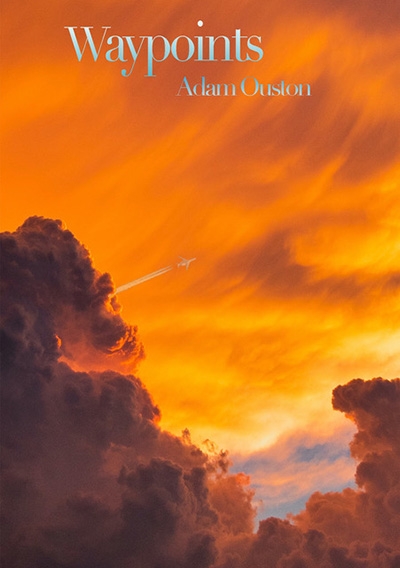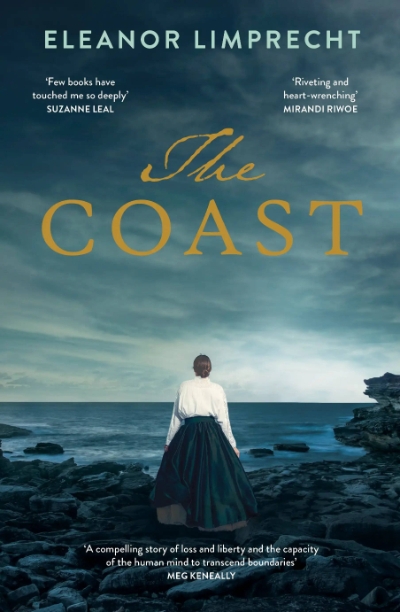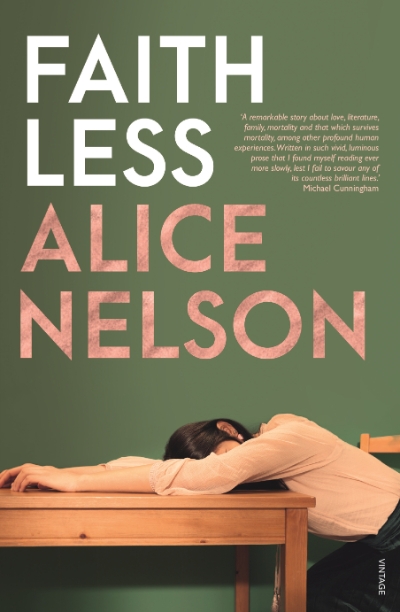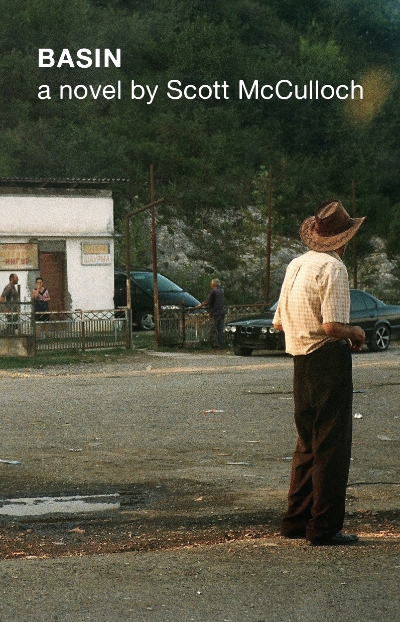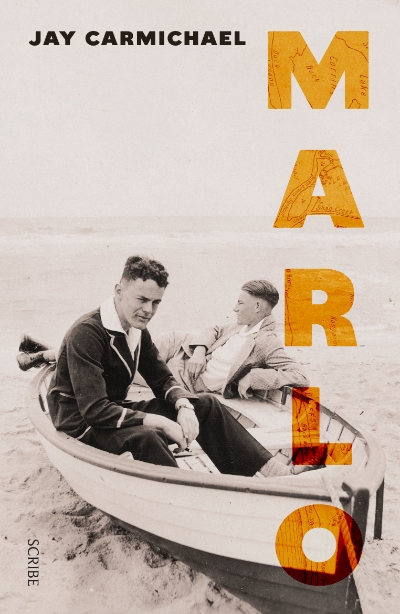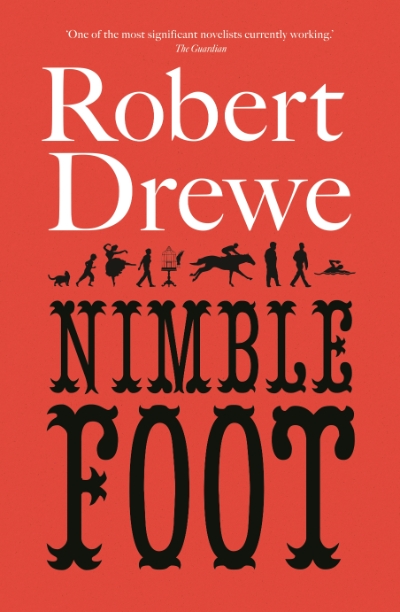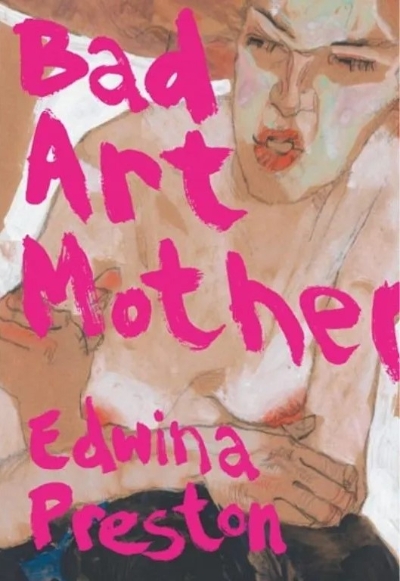Australian Fiction
Marlo by Jay Carmichael & My Heart Is a Little Wild Thing by Nigel Featherstone
How do you get a first novel up and running? Random House has done so with a show of faith unusual amongst Australian publishers ... and faith can move mountains of books. The Last Time I Saw Mother is handsomely produced and has an equally handsome print run of 20,000. It’s been sold into the shops in numbers and its author – Manila-born Sydney-based copywriter, Arlene J. Chai – has had her name linked with Amy Tan and Jung Chang. The back cover has a brisk encomium from Bryce Courtenay, who encouraged her to write. Effective marketing indeed, although one reviewer has commented on an element of cultural cringe.
... (read more)Australia is not the science-fiction capital of the world; in fact we are probably not even on the map. This unfortunate fact would change if we could produce more writers like Paul Collins.
... (read more)
